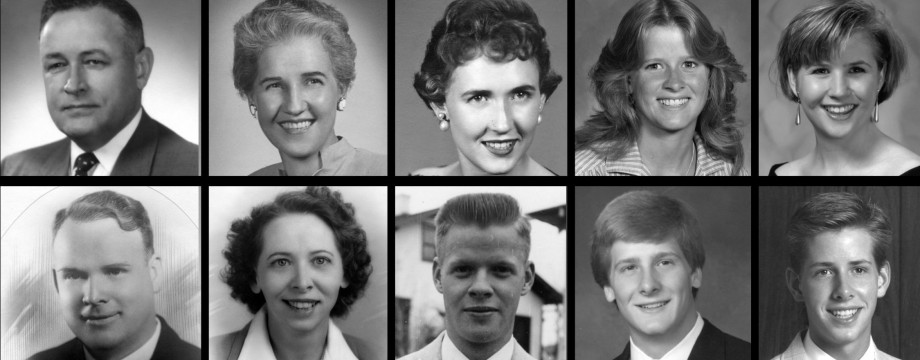Through a simple DNA test, we have the ability to identify our ancient roots and trace the journey our ancestors took from Africa to populate the world.
In February of 2012, I swabbed my check with a stick to gather a DNA sample for a Paternal Lineage Test. The DNA from the cheek swab contains the male Y-chromosome that was passed down to me from my father and from all father bloodlines that have preceded me.
The male Y-chromosome is ideal for DNA lineage testing because it is passed unchanged, except for rare and random DNA mutations, from fathers to sons and has been passed down for endless generations. Since the Y-chromosome remains almost identical from generation to generation, we are able to learn our direct paternal ancestry roots.
I also had a Maternal Lineage Test conducted to determine my ancient ancestry from my mother’s side of the family tree. The results from this test tell us about all the mothers that gave birth to my mother who then birthed me with parts of her DNA.
The Moore Family Journey
Human Civilization Began in Africa
The journey our ancient ancestors took from Africa over thousands and thousands of generations has led to the diversity of people around the world. Every so often rare DNA mutations occur from generation to generation. These rare mutations over many thousands of years help to explain why we have so much ethnic diversity in people all over the world from Europe, India, Russia, China, America, Mexico, and Africa.

50,000 years ago — AFRICA
Africans began migrating outside of their homeland to populate the world about 50,000 years ago. The thawing of the Ice Age in Northern Europe impacted the climate in Africa. Animals began moving to greener pastures and our ancient ancestors followed the animals into Northern Africa.
45,000 years ago — MIDDLE EAST
Man continued to migrate and began settling in the Middle East. Ancestral roots of up to 95% of all non-Africans can be traced to the Middle East region. This is where the Moore family lineage was cultivated.
40,000 years ago — SOUTHERN CENTRAL ASIA
A rare and random DNA mutation occurred giving birth to a new lineage of early humans known as the Eurasian Clan. These people, our early ancestors by DNA, were experienced hunters and they continued to follow herds of animals to survive. Some humans migrated to modern day Pakistan in India, while others migrated north into Central Asia,
35,000 years ago — CENTRAL ASIA
Our lineage continues to migrate, and evolve through rare and random DNA mutations into present-day Afghanistan, Kazakhstan, Uzbekistan, and southern Sibera. Conditions were harsh and our ancestors adapted to the cold weather and learned to make bone and wood handled weapons. The resourcefulness of our early ancestors was critical to their survival.
30,000 years ago — EUROPE
Our migration into Europe spelled the end of the Neanderthals. Natural resources were scare and because we possessed better communication skills, greater dexterity, and a more evolved resourcefulness, humans outwitted, outplayed, and outlasted the Neanderthals.
Our family lineage, known as haplogroup R1b (“The Artisans”), eventually settled in Western Europe at the dawn of the Aurignacian culture. According to a report from Ancestry.com, the Aurignacian culture was…
“… remarkable for its subtle yet significant technological progress, like the shift from random flint collection to the use of a single stone core to shape flint tools as needed. Aurignacian decorative beads and jewelry could also be the first sign we have of the uniquely human quality of self-awareness and adornment. Additionally, some anthropologists believe that the Aurignacian culture was the first to paint. Either way, the people of this time period left behind fascinating cave paintings in France, Spain and Portugal.”
About 70% of people living in southern England comprise the R1b Haplogroup. Significant numbers of R1b Haplogroup members can also be found in Scotland, Ireland, Wales, France, Portugal, and Spain.
The Moore Y-chromosome is of 100% European DNA.
Our Genetic DNA Markers
Haplogroup: R1b, M343 (Subclade R1b1a2, M269)
Y-chromosome markers: M168 > P143 > L15 > M9> M89> M9 > M45> M207> M173> M343
Source Material:
For more information on the R1b Haplogroup and our Y-chromosome markers, read this detailed report from National Geographic (.pdf) and this general report from Ancestry.com (.pdf).
To learn about our Maternal Lineage, read this report (.pdf) from Ancestry.com. (NOTE: the Maternal DNA test revealed a strong European ancestry that syncs with the findings from the Paternal DNA test.)

